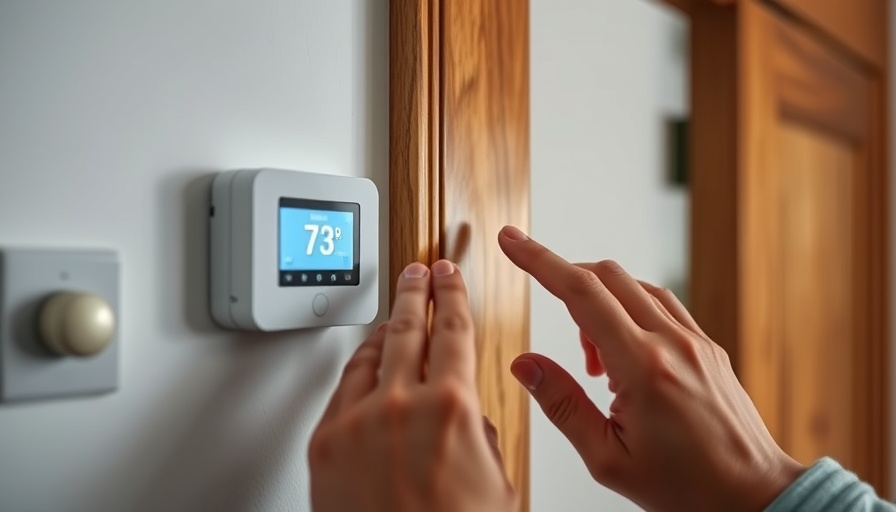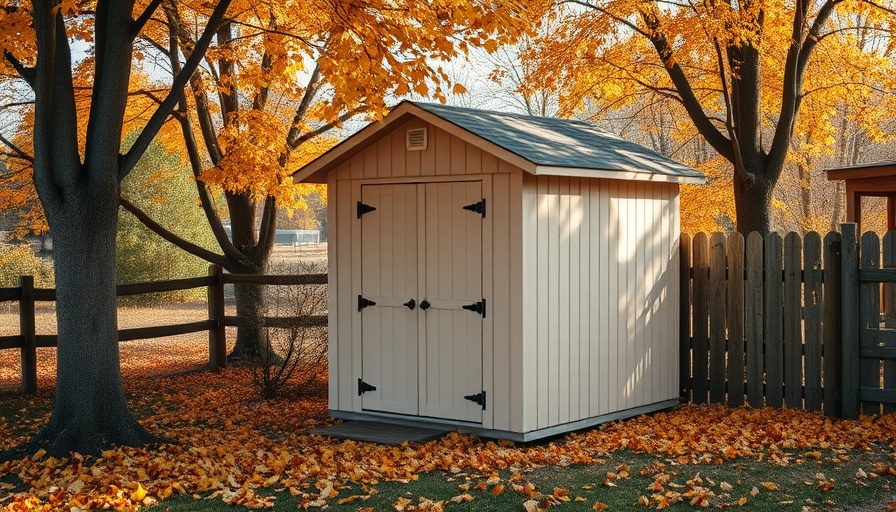
Wiring Your Heat Pump Thermostat: An Empowering DIY Journey
When it comes to home improvement, many homeowners shy away from projects that seem overly technical—especially when it involves electrical systems. Yet, wiring a heat pump thermostat is a task well within the reach of most DIY enthusiasts. With the right tools and a little guidance, you can significantly improve your home’s heating efficiency with this small yet impactful upgrade.
Essential Tools and Materials You’ll Need
Before you start, gather all the necessary tools and materials to ensure a seamless installation process. You will need:
- Marker for labeling: To clearly mark wires for easy reconnection.
- Non-contact voltage tester: Safety first! This tool ensures that the power is off before you proceed.
- Screwdrivers: Both Phillips and small flathead screwdrivers will be handy.
- Wire strippers: Make sure they are available to strip wires as needed.
- Electrical tape: This will help secure any connections made.
- Your heat pump thermostat: The new component that will enhance your home’s efficiency.
- Mounting screws and hardware: Often included with your new thermostat.
Step-by-Step Instructions to Wire Your Heat Pump Thermostat
With your tools ready, let’s walk through the steps to successfully wire your new heat pump thermostat.
Step 1: Power Down
Your safety is paramount. Start by finding the disconnect switch to your furnace or air handler, typically located near the unit. If needed, you can also switch off the circuit breaker at your electrical panel or turn off the main breaker.
Step 2: Assess the Existing Setup
After ensuring the power is off, remove the faceplate of your existing thermostat. Use your non-contact voltage tester again to confirm that there’s no power. Count the wires attached to your old thermostat; according to Micah Sherman, an HVAC technician from Frontdoor, ensure that you have at least five wires available for use in your new thermostat. A crucial tip: take a picture of the current setup, which will serve as a reference during installation.
Step 3: Remove the Old Thermostat
Using your flathead screwdriver, carefully remove the wires from the terminal block. Label each wire with tape and marker to avoid confusion later. Finally, unscrew the mounting screws to detach the old thermostat from the wall.
Step 4: Install the New Thermostat
Now it’s time to install your new thermostat. Thread the thermostat wires through the new thermostat base before leveling and screwing it into the wall. Attach the wires onto the new terminal block, following the diagram provided with your new device. This step is crucial for ensuring that your thermostat operates correctly.
Step 5: Power Up and Test
Once everything is connected, turn the power back on. Test the thermostat’s functionality by adjusting settings to ensure that your heat pump is responding correctly. A successful upgrade will help you better manage heating and cooling needs, ultimately enhancing comfort in your home.
Why You Should Consider Upgrading Your Thermostat
A new thermostat can provide numerous benefits aside from improved aesthetics. Smart thermostats, for example, can learn your schedule and adjust temperatures accordingly, saving energy and reducing utility costs. Additionally, a more modern device typically comes with enhanced functionality and features, aligning well with today’s technology-driven lifestyles.
DIY Confidence: A Key Takeaway
Wiring a heat pump thermostat is not merely a task; it’s an empowering experience that can foster confidence in handling home repairs. By taking on this straightforward project, homeowners unlock the potential to upgrade and maintain their homes effectively. The skills learned during such DIY projects can open doors to tackling more complex home maintenance tasks in the future.
If you’re ready to enhance energy efficiency and add control over your home’s environment, do not hesitate to tackle this project. Your home will thank you for it!
 Add Row
Add Row  Add
Add 



Write A Comment